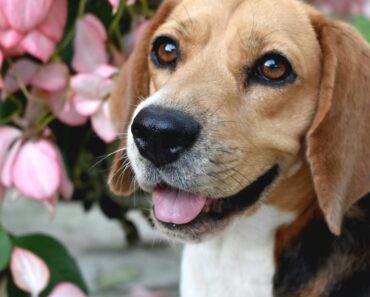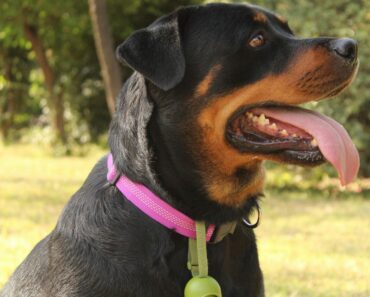The Pomeranian, affectionately known as the “Pom,” is one of the most popular toy breeds in the world. Despite their small stature, Pomeranians possess a big personality, often described as confident, curious, and lively. These fluffy little dogs are not just adorable; they are also intelligent and full of energy, making them great companions for a variety of households. This article delves into the history, characteristics, temperament, care requirements, and health concerns of the Pomeranian breed, providing a comprehensive guide for current and prospective owners.
1. History of the Pomeranian
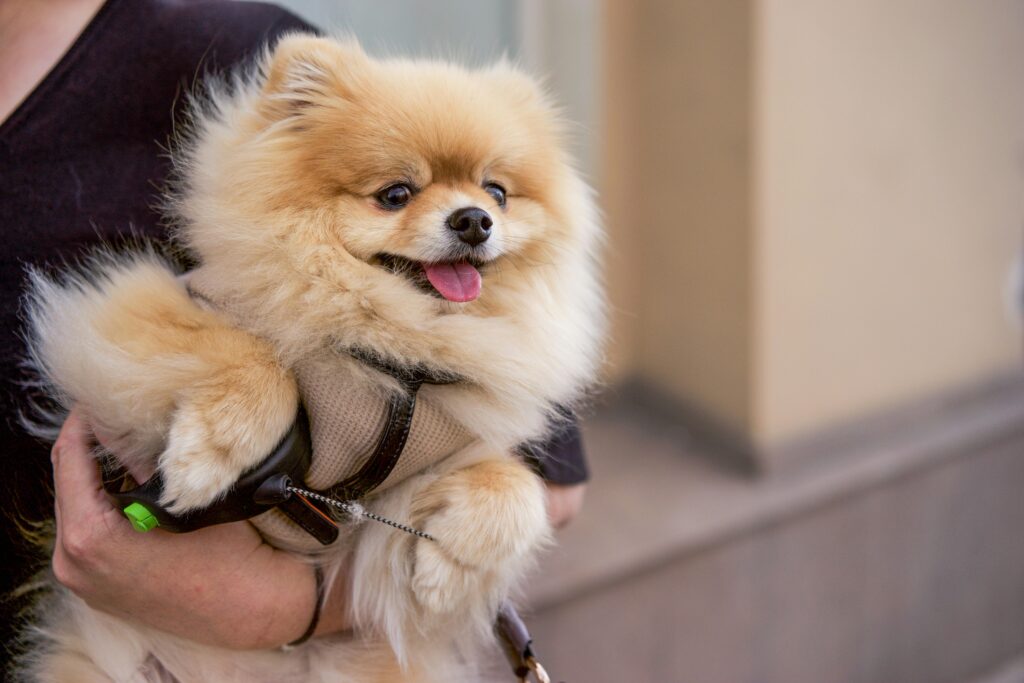
The Pomeranian’s roots can be traced back to the Arctic region, where their ancestors, the larger Spitz-type dogs, were used for sledding and herding. These early dogs were significantly larger than the Pomeranian we know today, weighing up to 30 pounds. They were known for their strength, endurance, and thick double coats, which protected them from the harsh climates.
The breed’s journey from the Arctic to Europe began in the Pomerania region, which is now part of modern-day Poland and Germany. It was here that these dogs were selectively bred to become smaller, eventually leading to the toy-sized Pomeranian. The breed’s popularity skyrocketed in the 18th century when Queen Victoria of England fell in love with a small Pomeranian named Marco. Queen Victoria’s affection for the breed led to further miniaturization, and the Pomeranian became a fashionable pet among the European aristocracy.
By the late 19th century, Pomeranians had made their way to the United States, where they quickly gained popularity. The American Kennel Club (AKC) recognized the breed in 1888, and since then, Pomeranians have consistently ranked among the most popular toy breeds.
2. Physical Characteristics
Pomeranians are small dogs, typically weighing between 3 to 7 pounds and standing about 6 to 7 inches tall at the shoulder. Despite their diminutive size, they have a sturdy build and a proud, alert expression. One of the most distinctive features of the Pomeranian is its luxurious double coat. The outer coat is long, straight, and stands out from the body, while the undercoat is soft and dense. This coat comes in a wide variety of colors, including orange, black, white, cream, blue, sable, and more.
Table 1: Common Coat Colors of Pomeranians
| Color | Description |
|---|---|
| Orange | A rich, vibrant orange color, often the most recognized and popular shade. |
| Black | Solid black with a glossy appearance. |
| White | Pure white, with no markings or color variations. |
| Cream | A pale, light color, similar to ivory or beige. |
| Blue | A diluted black, giving the coat a grayish-blue hue. |
| Sable | A mix of colors with darker tips on a lighter base, creating a shaded effect. |
The Pomeranian’s head is wedge-shaped with a short, straight muzzle. Their eyes are almond-shaped and dark, exuding an intelligent and lively expression. The ears are small, erect, and set high on the head, contributing to the breed’s alert appearance. The tail is another characteristic feature of the Pomeranian; it is set high and carried over the back in a plume of fur.
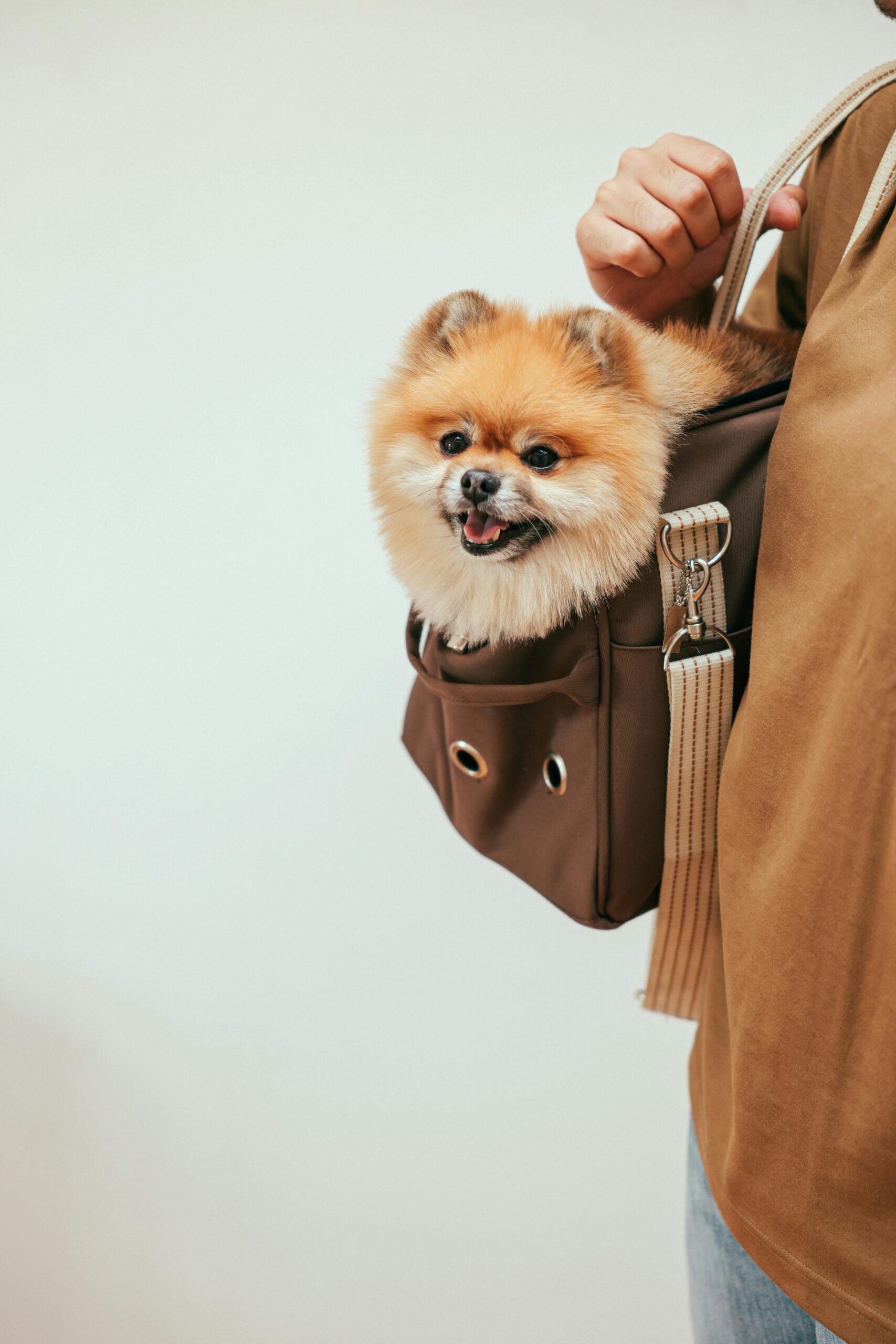
3. Temperament and Personality
Pomeranians may be small, but they have a big personality. They are known for their bold, curious, and confident nature. Poms are often described as having a “larger-than-life” attitude, which can sometimes lead them to believe they are much bigger than they actually are. This fearless nature can be both endearing and problematic, as Pomeranians may not hesitate to challenge much larger dogs.
These dogs are highly intelligent and eager to learn, making them relatively easy to train. However, they can also be independent and strong-willed, which may require a firm and consistent approach to training. Socialization from a young age is crucial to ensure that Pomeranians grow up to be well-rounded and confident adults.
Pomeranians are also known for their affectionate nature. They form strong bonds with their owners and enjoy being the center of attention. Poms thrive on human interaction and may develop separation anxiety if left alone for extended periods. Despite their small size, they make excellent watchdogs, as they are alert and have a tendency to bark at anything they perceive as a threat.
4. Care and Maintenance
Owning a Pomeranian comes with a set of responsibilities, particularly when it comes to grooming. Their double coat requires regular maintenance to keep it looking its best. Brushing your Pomeranian’s coat at least two to three times a week is recommended to prevent matting and tangling. During the shedding season, typically in the spring and fall, more frequent brushing may be necessary to manage the shedding hair.
Table 2: Pomeranian Grooming Schedule
| Grooming Task | Frequency | Notes |
|---|---|---|
| Brushing | 2-3 times per week | Prevents matting and tangling of the double coat. |
| Bathing | Once a month or as needed | Use a gentle dog shampoo to keep the coat clean and healthy. |
| Nail Trimming | Every 3-4 weeks | Regular trimming to prevent overgrowth and discomfort. |
| Ear Cleaning | Weekly | Check for debris or signs of infection, and clean with a dog-safe ear cleaner. |
| Dental Care | Daily or at least 3 times a week | Brush teeth regularly to prevent dental issues and maintain oral health. |
In addition to brushing, Pomeranians may require occasional baths to keep their coat clean and free of dirt. It’s important to use a dog-specific shampoo that is gentle on their skin and coat. Regular grooming sessions should also include trimming the nails, cleaning the ears, and brushing the teeth. Pomeranians are prone to dental issues, so establishing a dental care routine early on is essential.
Pomeranians are energetic dogs that require regular exercise to stay healthy and happy. Despite their small size, they have a surprising amount of energy and enjoy activities like walking, playing fetch, and participating in dog sports. A daily walk, combined with some playtime, is usually sufficient to meet their exercise needs. However, it’s important to be mindful of their small size and avoid activities that could lead to injury.
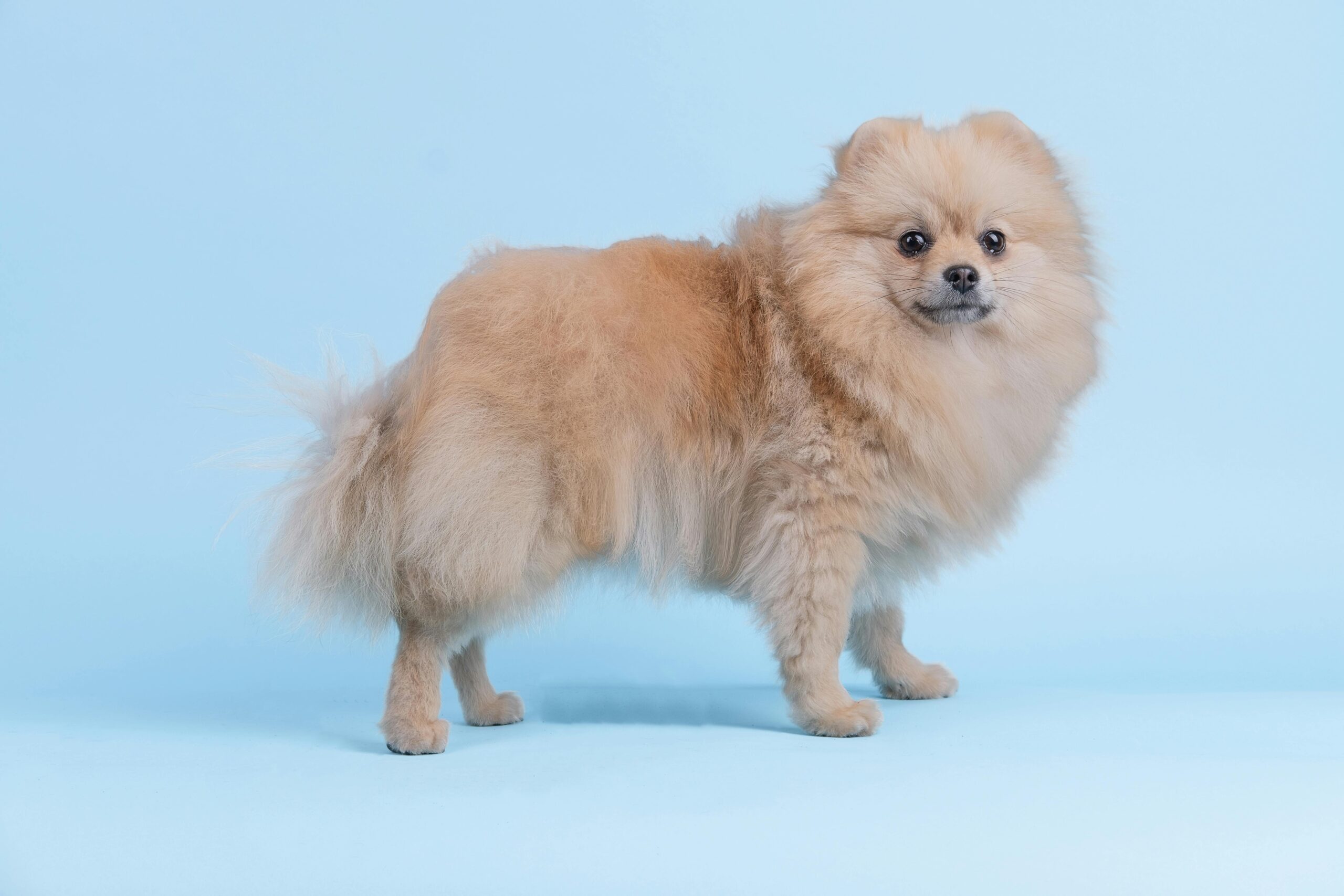
5. Health Concerns
Like all breeds, Pomeranians are prone to certain health issues. Being aware of these potential problems can help owners take proactive steps to ensure their Pomeranian lives a long, healthy life.
Table 3: Common Health Issues in Pomeranians
| Health Issue | Description | Prevention/Management |
|---|---|---|
| Patellar Luxation | Dislocation of the kneecap, common in small breeds. | Regular vet check-ups; maintain a healthy weight. |
| Tracheal Collapse | Weakening and collapse of the trachea, causing breathing difficulties. | Avoid using neck collars; use a harness instead. |
| Dental Issues | Overcrowding of teeth, periodontal disease, and tooth decay. | Regular dental care, including brushing and professional cleanings. |
| Hypothyroidism | Underactive thyroid leading to weight gain, lethargy, and hair loss. | Regular vet check-ups; medication as prescribed. |
| Alopecia X (Black Skin Disease) | Hair loss and darkening of the skin, often genetic. | Manage with medication and specialized grooming. |
| Heart Disease | Particularly mitral valve disease, leading to heart failure. | Regular vet check-ups; early detection is key. |
6. Diet and Nutrition
A well-balanced diet is essential for maintaining the health and vitality of a Pomeranian. These small dogs have specific nutritional needs that should be met to keep them in optimal condition. High-quality commercial dog food formulated for small breeds is usually a good choice, as it provides the necessary nutrients in the right proportions.
When choosing a dog food, look for one that contains high-quality protein sources, such as chicken, turkey, or fish, as the main ingredient. The food should also include healthy fats, such as omega-3 and omega-6 fatty acids, which support skin and coat health. Additionally, Pomeranians benefit from a diet rich in antioxidants, vitamins, and minerals to support their overall well-being.
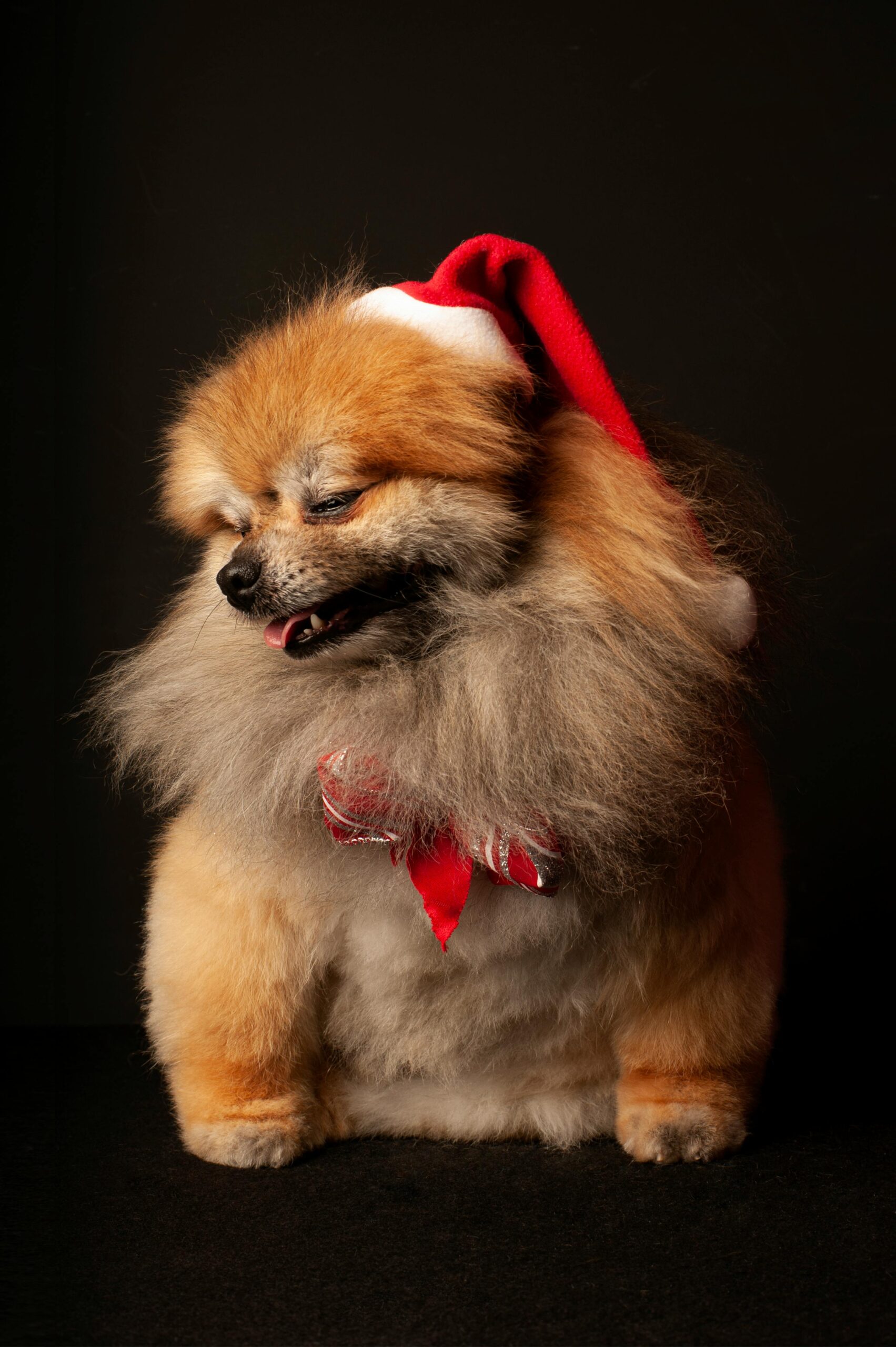
Portion control is important for Pomeranians, as they are prone to obesity. Due to their small size, even a small amount of excess weight can put additional strain on their joints and increase the risk of health problems. Feeding your Pomeranian the right amount of food based on their age, weight, and activity level, along with regular exercise, will help maintain a healthy weight.
It’s also important to provide fresh water at all times and avoid feeding your Pomeranian table scraps or foods that are toxic to dogs, such as chocolate, grapes, and onions.
7. Training and Socialization
Training a Pomeranian can be a rewarding experience, but it requires patience and consistency. These intelligent dogs are quick learners, but they can also be independent and occasionally stubborn. Positive reinforcement techniques, such as treats, praise, and play, are most effective in motivating Pomeranians to learn new commands and tricks.
Basic obedience training should begin early, with a focus on commands such as sit, stay, come, and down. Pomeranians are also known for their barking, so teaching them a “quiet” command can be particularly useful. Crate training can help with housebreaking and provide your Pomeranian with a safe and secure space.
Socialization is another critical aspect of raising a well-behaved Pomeranian. Exposing your Pom to a variety of people, places, and experiences from a young age will help them become more adaptable and less prone to anxiety or fearfulness. Socialization can also help curb any aggressive tendencies towards other dogs or strangers.
8. Living with a Pomeranian

Pomeranians are adaptable dogs that can thrive in a variety of living situations, whether in a small apartment or a large house. Their small size makes them well-suited to urban living, and they don’t require a large yard to get the exercise they need. However, they do enjoy having space to play, so providing them with toys and interactive games is essential to keep them mentally stimulated.
These dogs are highly social and enjoy being around their human family members. They are often described as “Velcro dogs” because they like to stay close to their owners. While this trait makes them loving companions, it also means they may experience separation anxiety if left alone for long periods. Therefore, they are best suited for households where someone is usually around to keep them company.
9. Conclusion
The Pomeranian is a delightful breed that offers a lot of love, loyalty, and entertainment in a small package. Their charming appearance, combined with their lively and affectionate personality, makes them a popular choice for many dog lovers. However, owning a Pomeranian also comes with responsibilities, including regular grooming, proper training, and attention to their health and well-being. With the right care, a Pomeranian can be a wonderful companion for many years, bringing joy and companionship to any home.

